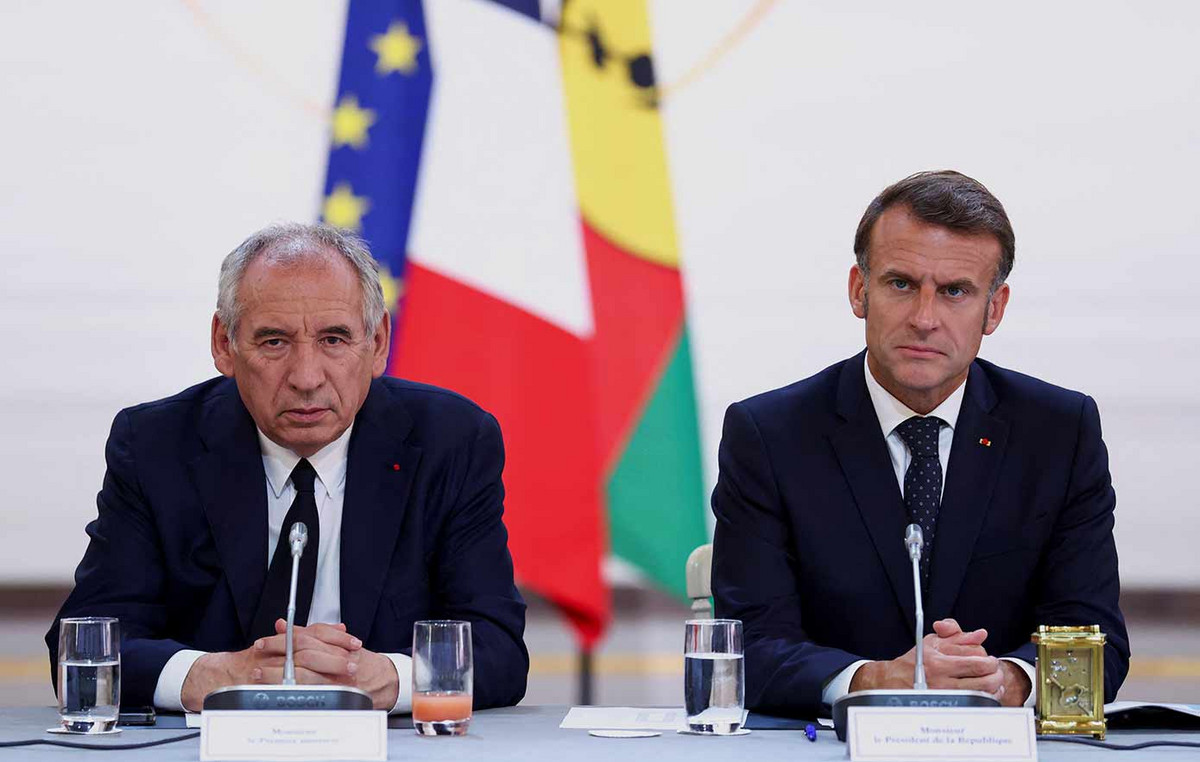Oil futures contracts closed higher on Wednesday (27), in a session marked by volatility. Oil, despite being pressured by the rise of the dollar, managed to advance after the announcement of the drop in inventories of gasoline and distillates in the United States.
In addition, the market followed German signals to cut imports of the Russian commodity, while digesting Moscow’s decision to ban gas supplies to Poland and Bulgaria.
WTI crude for June closed up 0.31% ($0.32) at $102.02 a barrel on the New York Mercantile Exchange (Nymex), and Brent for the month of July rose 0. 32% (US$0.34) at US$104.95 a barrel on the Intercontinental Exchange (ICE).
During the morning, oil accelerated decline, amid the strengthening of the dollar abroad. Meanwhile, investors kept an eye on Russian state-owned Gazprom’s decision to suspend gas supplies to Poland and Bulgaria.
European Commission President Ursula Von der Leyen accused Russia of using gas as a “blackmail instrument”. She assured that the bloc is prepared for the scenario of supply interruption and is looking for alternatives to mitigate the effects of the Russian measure.
The Institute of International Finance (IIF) believes that the European Union will keep measures against Russia’s energy sector on the agenda. A complete or partial embargo on oil imports would have a “significant impact” on prices and could raise the price of a barrel of Brent to around US$200, the IIF projects.
According to the Reuters, German Economy Minister Robert Habeck wants to facilitate the creation of an embargo on Russian oil by the European Union. The minister is trying to negotiate with Poland the possibility of becoming the new supplier of oil, in place of Russia.
On the other hand, according to Anton Siluanov, Russian finance minister, Moscow’s oil production could decline by 17% this year because of sanctions imposed by Western countries.
Later, oil began to gain strength after the release of US Department of Energy (DoE) inventory data. The report showed that gasoline inventories fell more than forecast by analysts, indicating firm demand.
According to Edward Moya of Oanda, it was a busy day for industry players, with a lot to digest, “but the main conclusion is that oil prices are likely to remain above the $100 a barrel level as long as the dollar does not have another massive rally”.
For TD Securities, oil has been swinging between gains and losses since Russia cut natural gas flows to Poland and Bulgaria, which intensified Europe’s already deep energy crisis and further tipped demand for oil products.
Source: CNN Brasil
I am Sophia william, author of World Stock Market. I have a degree in journalism from the University of Missouri and I have worked as a reporter for several news websites. I have a passion for writing and informing people about the latest news and events happening in the world. I strive to be accurate and unbiased in my reporting, and I hope to provide readers with valuable information that they can use to make informed decisions.







